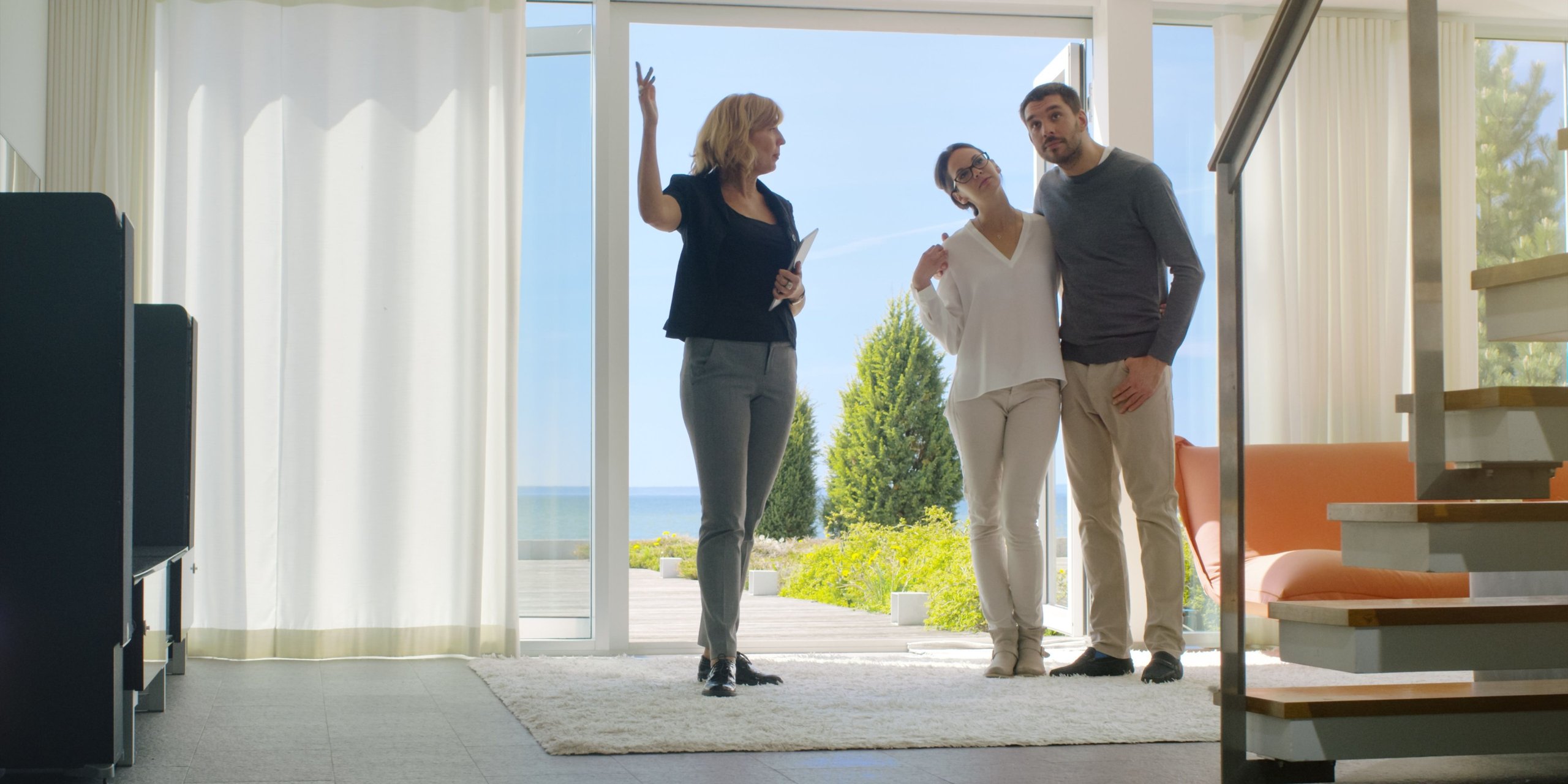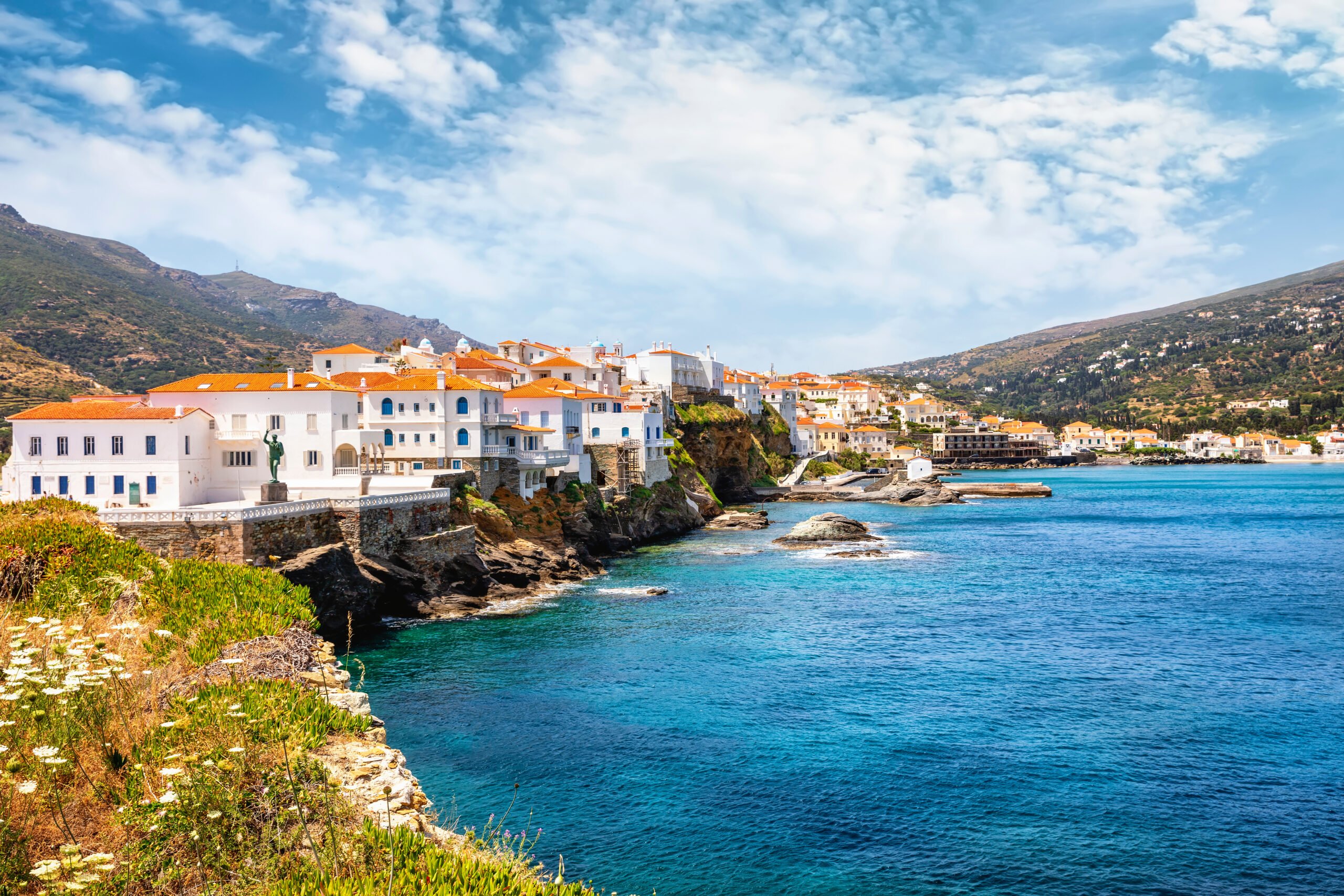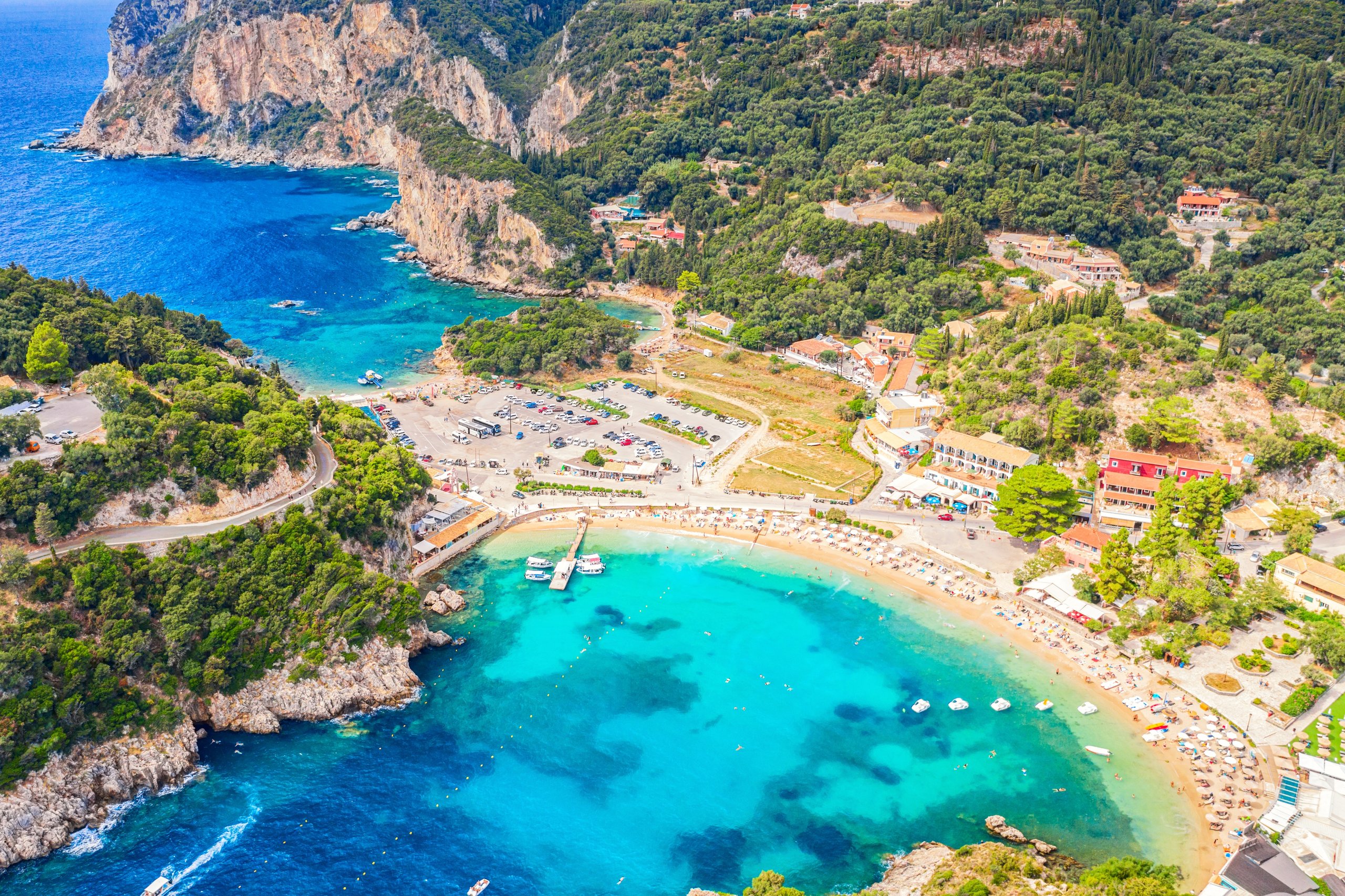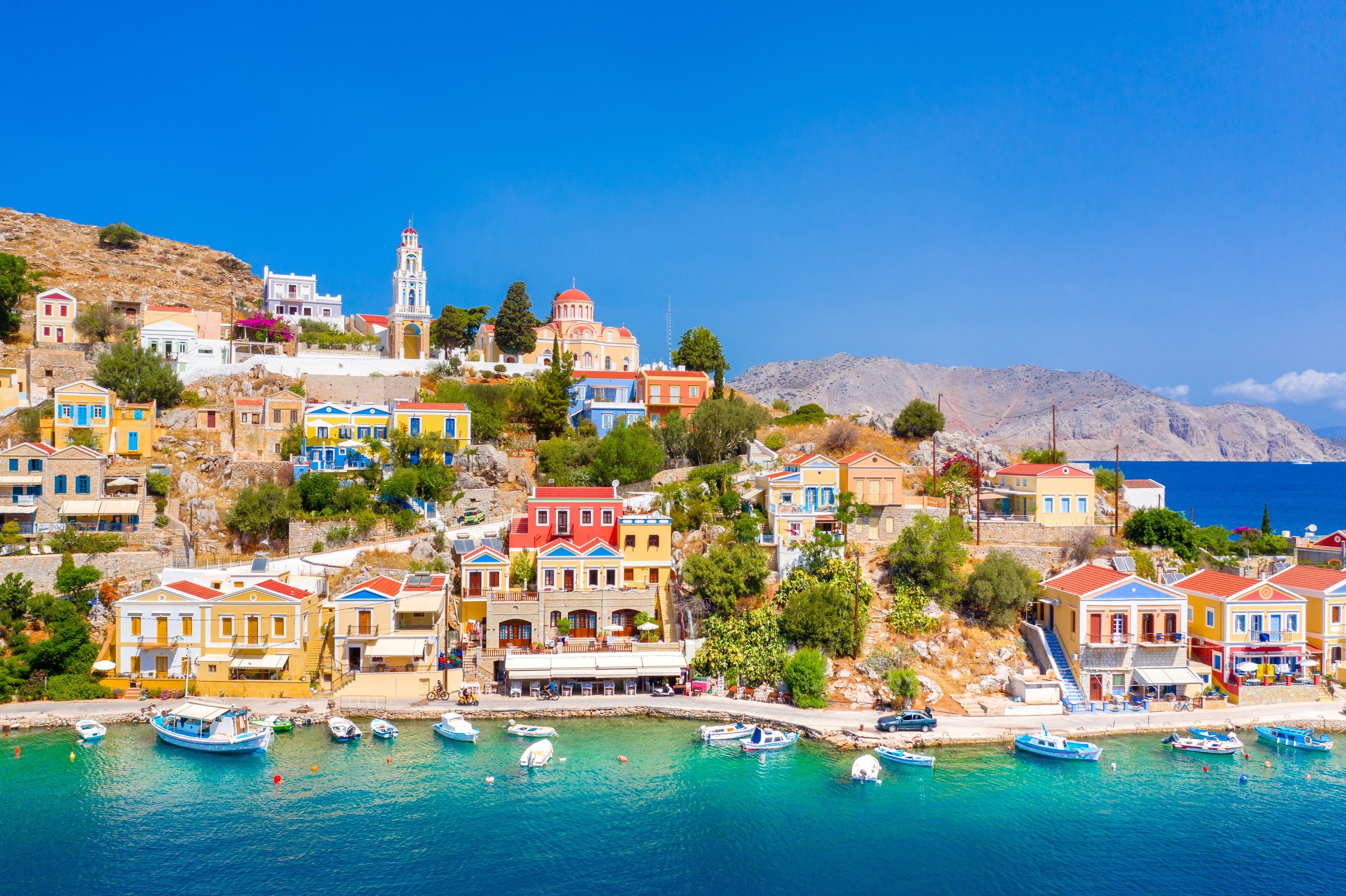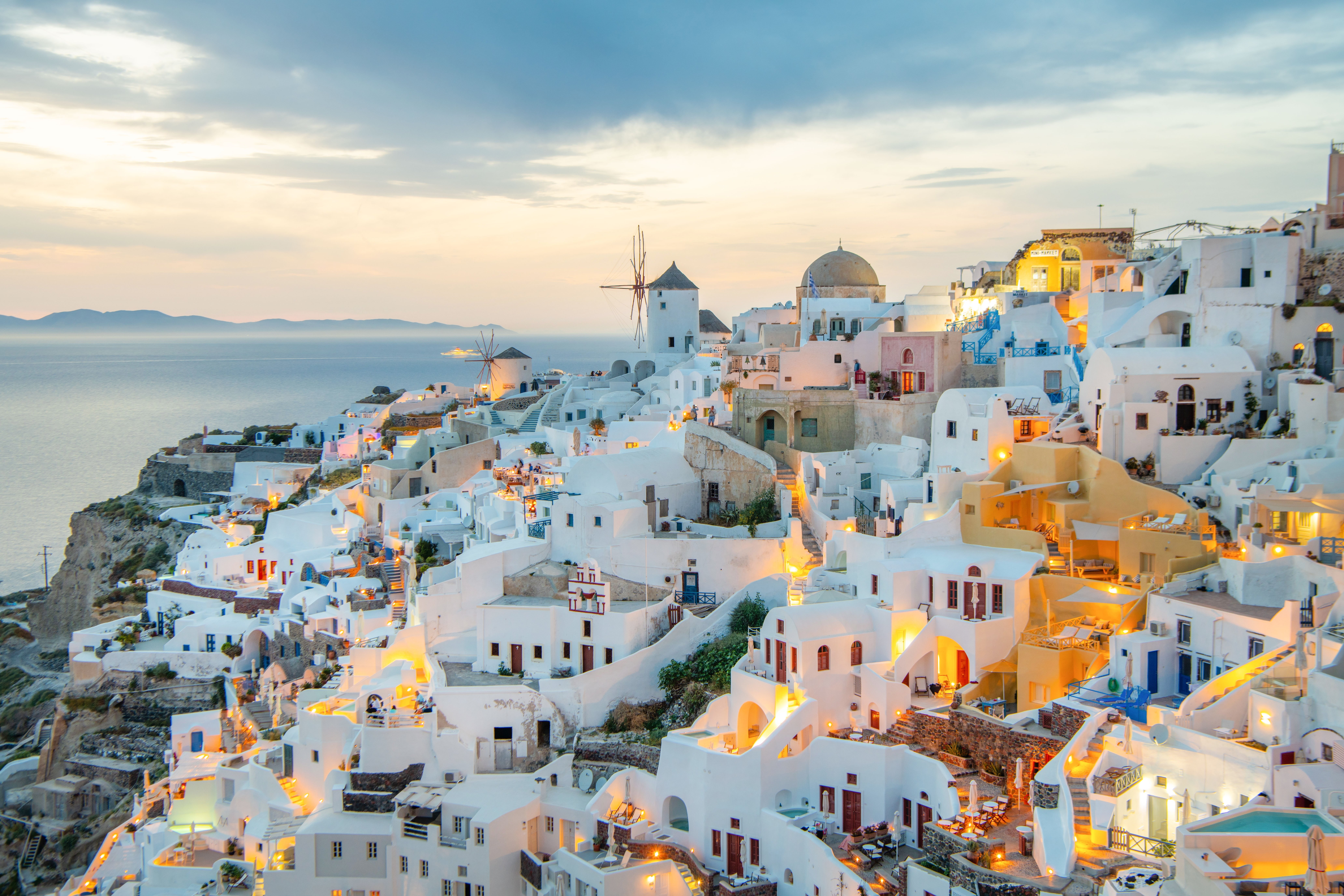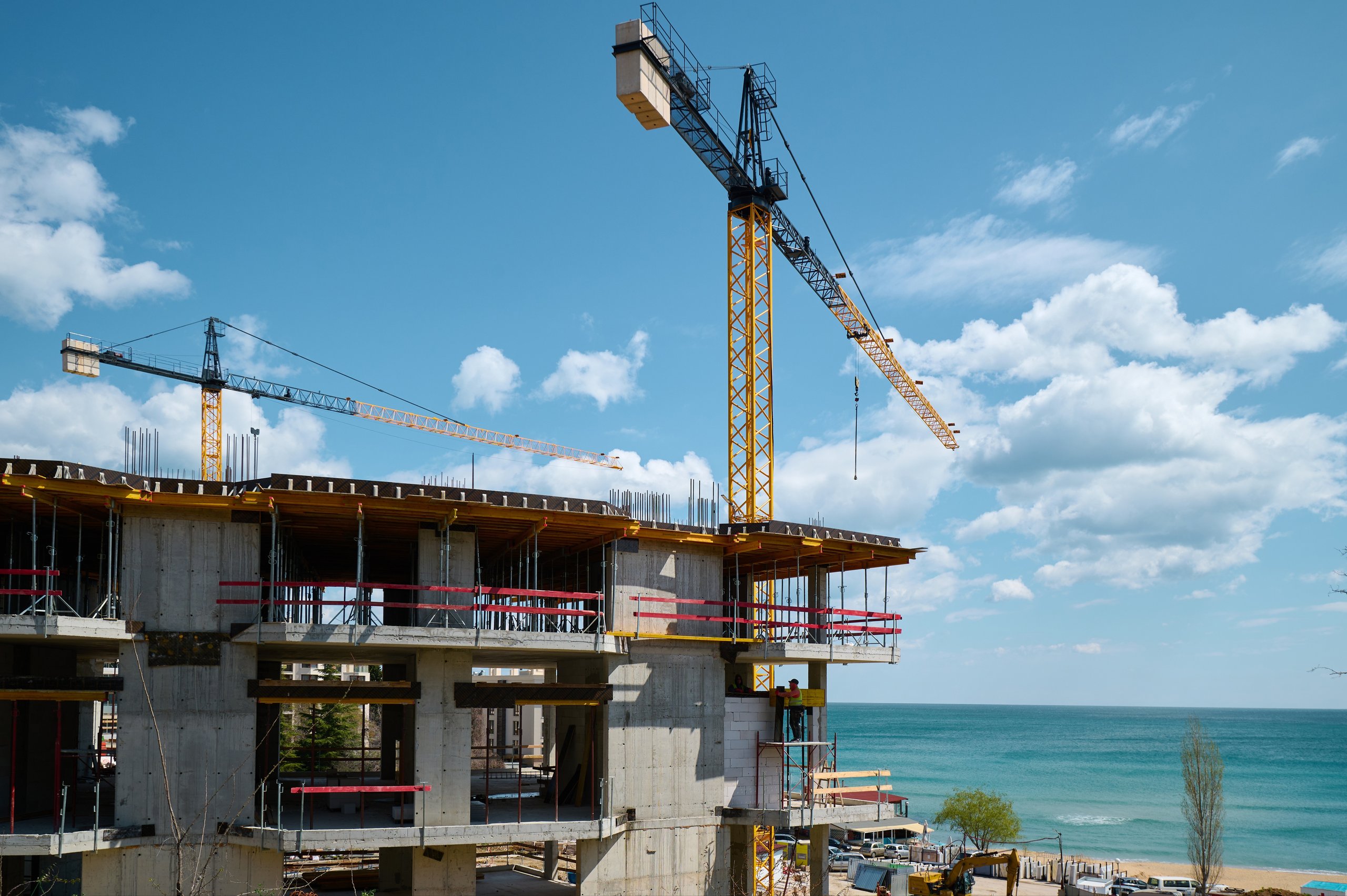Italy offers a warm welcome, a new adventure now you have a little more time, and the chance to stretch your pension further. But only if you plan it properly.
Italy has one of the highest levels of life expectancy in the western world, at 83.6 years some two years ahead of the UK and five years ahead of the USA. But as well as being longer, your retirement in Italy can be happier too.
Retiring to Italy can be the perfect blend of indulgence and simplicity: think lazy lunches in the sun, cultural deep-dives, and tranquil village life. But while the lifestyle is enviable, the legal and financial process of relocating isn’t always straightforward. Mistakes can be expensive and time-consuming.
Get your free guide, How to Retire to Italy
Why retire to Italy
Sun-filled seasons
Italy enjoys around 2,500 hours of sunshine a year – that’s over 1,000 more than the UK, and significantly more than much of northern Europe and the Midwest US. Good weather isn’t just a lifestyle perk: it can be particularly beneficial for health conditions such as arthritis and asthma.

Do bear in mind that Italy’s climate varies. While Sicily and Calabria enjoy near year-round warmth, regions like Lombardy and Piedmont have chilly winters. So if year-round warmth is a priority, head south.
More home for your money
Italy’s property market can offer excellent value, especially outside the major cities. The famous €1 homes make headlines, but even without a renovation project, you’ll find characterful village houses and one-bedroom apartments for under €100,000. At higher budgets, coastal villas and countryside homes often cost less than a cramped flat in London or New York.
Cheaper living costs
The cost of living in Italy is typically lower than in the UK or US. According to the Property Guides Cost of Living Index, it’s more affordable than Portugal, Greece, Cyprus and France – particularly in categories like home maintenance, leisure and eating out. You’ll be glad to hear that coffee is not only excellent, but cheap.
Something new every weekend
Italy has more UNESCO World Heritage Sites than anywhere else in the world – over 50 at last count. If you’re someone who likes to keep active, you can spend your retirement walking through vineyards, strolling historic streets, and hopping along the coastline. Whether it’s a Roman amphitheatre or a Renaissance church, there’s always something new to discover.

Food worth retiring for
Italy’s cuisine is world-renowned – and it’s not just pizza and pasta. From Sicilian arancini to Puglian orecchiette, the food is as diverse as it is delicious. Better still, it’s affordable and deeply rooted in seasonal, local produce. The Mediterranean diet is also one of the healthiest in the world, linked with improved heart health and longer life expectancy.
Visa and residency options
Retiring to Italy as an EU citizen
If you hold an EU passport (including Irish), you can move to Italy without a visa. You can come and go as you please, with no need for additional paperwork. However, if you’re staying long term, you must register for residency within eight days of arriving in the country.
You can find out more about the residency process and requirements on our Residency in Italy page.
Retiring to Italy as a non-EU citizen
If you’re not an EU citizen, you’ll need to follow visa rules based on how long you want to stay.
The 90-day option
Non-EU nationals can spend up to 90 days within any 180-day period in Italy (and other Schengen countries) without a visa. This is popular with part-time retirees who split their time between countries. You can use all 90 days in one go, or break them up into shorter visits.
Be careful not to overstay – penalties include fines of up to €10,000 and bans from re-entering for up to five years. Your 180-day clock starts from the day you enter the Schengen Area, not just Italy. So if you land in France, your days start ticking then.
The visa route
To live in Italy full time, you’ll need a long-stay visa. The most common choice for retirees is the visto per residenza elettiva – the elective residence visa (ERV).
This visa is for those who can support themselves financially without working. To qualify, you must:
-
Show income or savings of at least €31,000 a year for individuals, or €38,000 for couples
-
Have proof of accommodation in Italy
-
Take out private health insurance covering at least €30,000 per year in all EU countries
-
Submit a completed visa form, signed in person at your local Italian consulate
-
Provide a valid passport, four passport photos, civil documents (translated and validated), a police clearance certificate and the visa fee (around €116)
The ERV is valid for six months, and you’ll need to register with the Questura within eight days of arriving to obtain your elective residence permit. This permit lasts one year and can be renewed annually, provided you continue to meet the requirements.
After five continuous years in Italy, you’ll be eligible for permanent residency. After ten, you can apply for citizenship.
Choosing the perfect location
Italy offers a rich choice of retirement locations, each with its own lifestyle, climate and property options. Tuscany and the Italian Lakes are two of the most popular areas among international retirees. Towns like Florence and Lucca have well-established expat communities, reliable infrastructure and excellent cultural amenities. But if you want more space for your budget, consider looking to the fringes of larger towns rather than in their centres.
Even if your dream is to live rurally, think practically. You’ll still need to access shops, healthcare and transport links – and that charming but remote farmhouse might lose its appeal if it’s a 40-minute drive to buy milk or see a doctor. Similarly, the top-floor flat with a roof terrace may not be ideal in your 70s if there’s no lift and a weekly climb with shopping bags.
The north of Italy is generally wealthier and known for its efficiency and smart towns, while the south is sunnier and more relaxed, with famously warm hospitality. As a rule of thumb, if you stay near a main provincial town, you’ll find all the services you’re likely to need.
Start your property search
Explore Italian homes on Your Overseas Home – and find the one that makes you want to retire today.
Getting your pension in Italy
If you’re moving to Italy permanently, you can still receive your home state pension. However, you’ll need to inform the appropriate government departments before you leave. For instance, if you’re retiring from the UK, notify:
-
The International Pension Centre (if already receiving a State Pension)
-
HMRC’s National Insurance Contributions Office
-
Your local tax office
Once that’s done, you have two main options for receiving your pension in Italy:
Paid into an Italian bank account
Many choose to have their pension paid directly into an Italian account. This works well if you’ll be living in Italy full time – just check first with your chosen bank that they accept international pension payments. If you change your mind later and return home, you can have the payment redirected.
Paid into a home account and transferred
Alternatively, you can keep your pension paid into your account at home and transfer it to Italy when needed. However, the amount you receive each time will vary depending on the exchange rate.
To avoid uncertainty, you can lock in a fixed exchange rate for up to a year with a Forward Contract from Smart Currency Exchange. This ensures your pension payments stay consistent month to month, helping you budget confidently. Smart Currency Exchange also offers regular, automated transfers to save you the hassle.
Download Smart Currency’s free guide to organising your currency if you move overseas.
Maximising your pension in Italy
For those retiring full time, transferring your pension to a Self-invested Personal Pension (SIPP) or a Qualifying Recognised Overseas Pension Scheme (QROPS) could offer tax advantages and greater control. These are not suitable for everyone, but in the right circumstances they can significantly improve your retirement income.
Speak to our expert partners in Italian tax and finance to explore whether these options are right for you.
Navigating the healthcare system
Once you have your residency permit, you’ll be eligible to apply for a Tessera Sanitaria – Italy’s national health card. This grants you access to the same healthcare services as Italian citizens, usually at the same low costs.

Italy’s healthcare system is generally excellent. Family doctors are widely available and often quick to see patients. Their services are free, but if you’re referred for specialist care or diagnostic tests, you’ll usually pay a small fee – known as a ticket – which varies depending on your local authority.
Get your free guide, How to Retire to Italy
City-based hospitals, especially in the north, have strong reputations. Milan in particular is known for top-tier healthcare, making Lombardy a sensible region for retirees focused on medical access. English-speaking doctors are more commonly found in areas with existing expat populations.
Even if you’re in good health now, it’s worth factoring in access to doctors and hospitals when choosing your location – especially if you’re considering a countryside home.
Sources:


